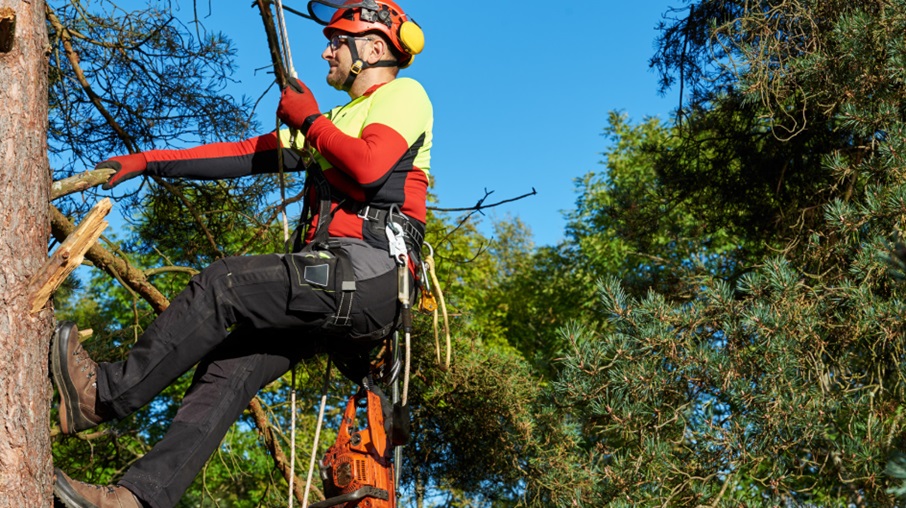What are Impacted Canine Teeth?
When we talk about impacted teeth, wisdom teeth typically come to mind. A dentist in Oakland, CA says that impacted canine teeth develop when the permanent canine teeth, which are placed at the intersection of the upper and lower dental arch, become lodged in the gum line and struggle to break through. In certain circumstances, the cuspid tooth will finally grow outwards rather than downwards into the right place. This might create misalignment with your other teeth, which can be uncomfortable.
Signs of an Impacted Canine Tooth:
Delayed Eruption
The most common sign of an impacted canine tooth is delayed eruption. Permanent canines often sprout between the ages of 11 and 12. If the eruption does not occur within this timeframe, it might be an impacted tooth.
Crowding or Misalignment
Impacted canines can put pressure on the surrounding teeth, causing crowding or misalignment. If you find overcrowding or a significant alteration in your teeth’s alignment, you should see a dentist for an assessment.
Pain or discomfort
If you suffer pain when biting or chewing, it might be due to an impacted canine tooth. If you are experiencing mouth pain for more than three days, see a dentist.
Swelling and Gum sensitivity
Another indication of an impacted canine is edema or gum sensitivity in the afflicted region. An impacted tooth can cause irritation, pain, and redness in the gums.
Visible Impaction
In some circumstances, you may be able to identify the afflicted canine. You may notice a red lump, bleeding, or partial eruption of the tooth above its appropriate place.
Treatment of an Impacted Maxillary Canine:
- Using braces to allow for complete eruption of the canine teeth. This is utilized when the primary (baby) teeth have previously been extracted but the replacement adult teeth are either entirely or partially impacted.
- Oral surgery can extract primary teeth while they are still present, followed by orthodontic therapy.
- Oral surgery can be used to expose the impacted adult canines, then an orthodontic bracket can be placed on the impacted canines to help them descend and align them with the rest of the teeth in the mouth.
Impacted canines are a frequent dental issue. The maxillary cuspid teeth/upper canines are the second most likely to be impacted. Impactions can develop in both infants and adults and, if left unaddressed, can lead to further dental. If you have impacted canine teeth, your dentist can diagnose them and recommend treatment alternatives if necessary.




